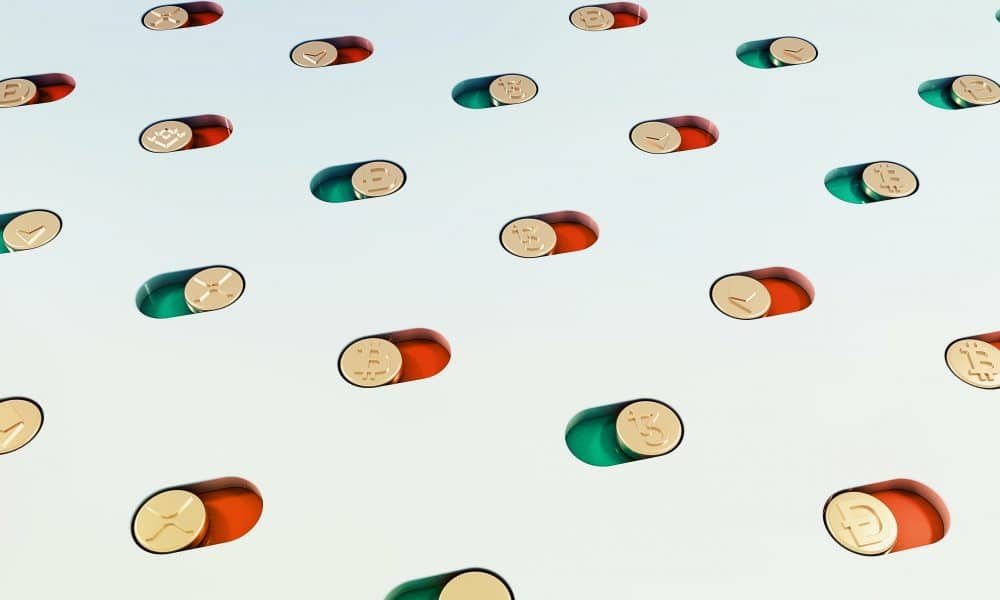News
What MakerDAO’s ‘Endgame Plan’ means for Curve’s liquidity pools

When MakerDAO’s [MKR] co-founder introduced the Endgame Plan for the protocol, community members were hopeful of a change in decision making and governance mechanisms. It has been more than a month now, and a new report by Crypto Risk Assessments pointed out the repercussions that this plan may present. This further included the threat this may have to Curve Finance [CRV].
What is the “Endgame”?
The Endgame plan was introduced by MakerDAO co-founder Rune Christensen. The plan was introduced to further decentralize the protocol and make it more resilient to regulatory agencies.
“The Endgame Plan is an ambitious initiative that aims to create a finite roadmap for MakerDAO that step by step leads to a predetermined, immutable end state many years out in the future, while significantly improving governance dynamics and tapping into the raw power of modern DeFi innovation.” the initial proposal read.
The initial plan also laid out plans for DAI, a stablecoin on the Ethereum [ETH] blockchain. The plan outlined that it will maintain a 1:1 ratio with USD for at least three years. Thus, maintaining that peg if the protocol achieves and maintains 75% decentralized collateral.
Where’s the threat?
Now in this ambitious plan, there was something called the DAI free float approach. Christensen believed that in order to limit the threats to MakerDAO’s RWA collateral, it was necessary to allow the free floating of DAO.
RWA collateral was basically the minimum amount of capital/assets to be held by the protocol in order to ensure solvency. Free floating DAI was a controversial but likely possibility.
What made it controversial was its potential impact on liquidity pools like 3pool, meta pools etc.The report by Crypto Risk Assessments also stated that if the price of DAI dropped, holders will try to unload it as the best possible price. Since MakerDAO’s peg stability module (PSM) will be offering a lower rate, users will exit their DAI positions using liquidity pools. This would thus, lead to increased holding by the pools.
Arbitrage bots and users may exploit this opportunity, causing DAI to pile up in liquidity pools as the bots would drain its other two holdings, USDC and USDT.
The pools will thus, be forced to eliminate liquidity, that is stablecoins other than DAI before the DAI exchange rate could match that of the PSM’s negative redemption rate.Curve Finance’s 3pool may have to initiate a protocol restructuring if DAI does become free floating. Such a restructuring will disrupt the $861 million pool that witnesses more than $40 million in daily volume.
Recommendations for Curve
As such, Crypto Risk Assessments’ risk team outlined a possible course of action for Curve in order to mitigate losses. The platform will have to pass a DAO vote for a USDC + USDT basepool that would recieve CRV emissions.
The team also recommended that the Curve community start mulling over a new admin fee token. Furthermore, a possible transition before MakerDAO could initiate its landmark Endgame Plan.
Christensen initially came out with the controversial plan in response to Tornado Cash’s sanction by the U.S. Treasury Department. Sensing regulatory pressure, he presented two paths for the protocol, the path of compliance or the path of decentralization.

